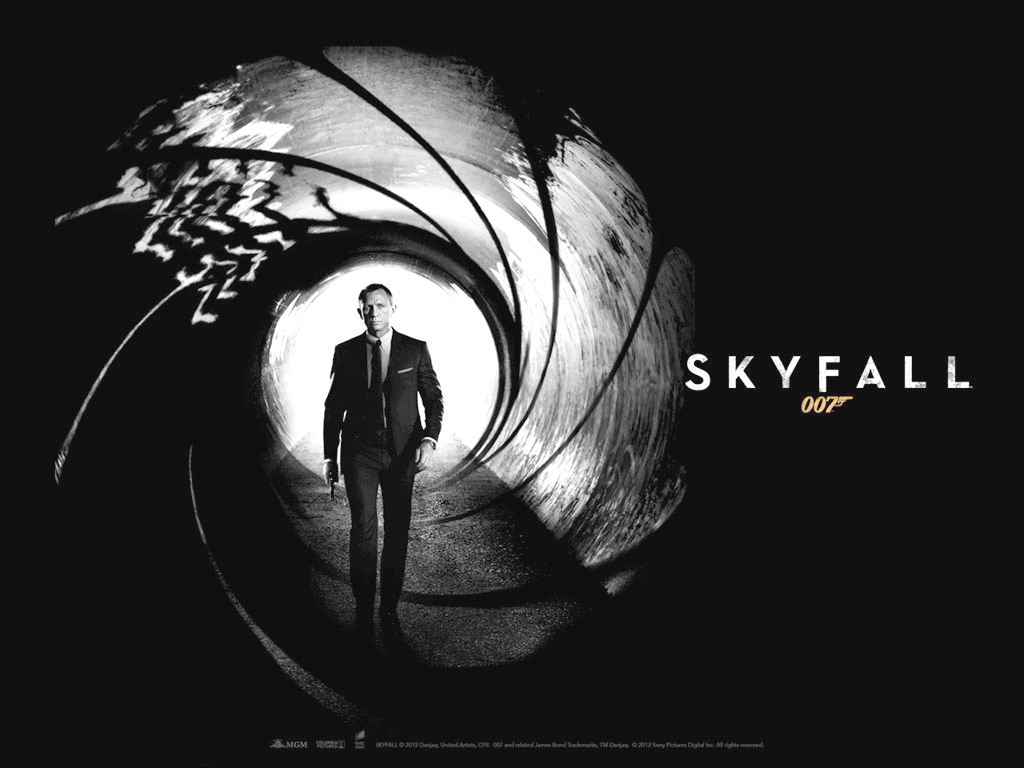
Some movies stand in a class all of their own, above the entire genre. There are fantasy movies, and then there’s The Lord of the Rings trilogy. There are plenty of movies in the heist genre, but the Ocean films are distinctive. These types of movies help define the categories they live in, setting the gold standard that all future films will mimic and pay homage to. The Bond franchise is one of these aforementioned series, producing movies that are superior to their contemporaries, bigger than their predecessors and always turning heads. These high expectations can be too much pressure, producing comparative duds after great successes; Quantum of Solace was hardly the movie that Casino Royale was.
Take note, action genre, that is how to make a movie. Skyfall continues on the success of Daniel Craig, whose icy blue eyes soften his sharp jaw and wit. Additionally, a darker and more tortured Bond returns, dealing with his emotional issues while simultaneously getting shot at. In this installment of Bond, the villain is purely hell-bent on destroying MI-6 and marring the image of the British Crown.
Setting the film all over the globe, from England to Turkey to Macau, Bond jets around trying to save his agency from cyber-terrorists, komodo dragons and hired muscle. The evil is ever present, stalking Bond and putting him in constant danger, with explosions and fist fights tossing his body around like a rag doll.
Many of the themes defining the previous two films also run through Skyfall. Bond is coming back from being heartbroken, deceived, having his loyalty questioned and being physically mauled. Skyfall is an opportunity in the Craig-era to produce a standard Bond film, forgoing the emotional trauma and psychological shock that this Bond has had to endure.
Any discussion of the Bond universe has to mention the Bond girls, cars and other accoutrements that make him so distinct. The Bond girls in Skyfall, while all very attractive and well acted, are secondary to the real beauty of the film: the Aston Martin. Never missing an opportunity to wear a tuxedo or dress sharply, Bond greets the new version of Q, whose gadgetry plays a backseat in the ever budget-conscious England.
One of the most striking aspects of the movie, even at points overtaking the acting and story, is the cinematography. Continually through the movie, it is noticeable how creatively the scenes are shot and lit.
Bond is in a skyscraper, lit up by flourescent light reflecting on the plethora of glass panes, slowly being tracked by the camera; at this point, the focus is taken off the main character and put onto the beauty of the scene. Other moments in the film have this quality as well, like the ending scenes shot in a magnificent twilight and the vividly colorful settings of Turkey. In a fight between antiquated and modern, Skyfall mixes classic Bond with a shrinking world and growing digital playground.
This is a movie that captures more than just basic forces of good and evil: It is a turning point in the franchise, combining old with new and traditional notions with contemporary ideals. Since his arrival in Casino Royale, Craig has moved the franchise from womanizing and violence toward sharpness and style. As Bond quips to M, “So you want me to be half-monk, half-hit man.”
This really is one of the great Bond films from start to finish, with smart dialogue, dramatic scenes jammed together and, of course, a truly excellent Bond.
PHOTO COURTESY / WWW.SKYFALL-MOVIE.COM
